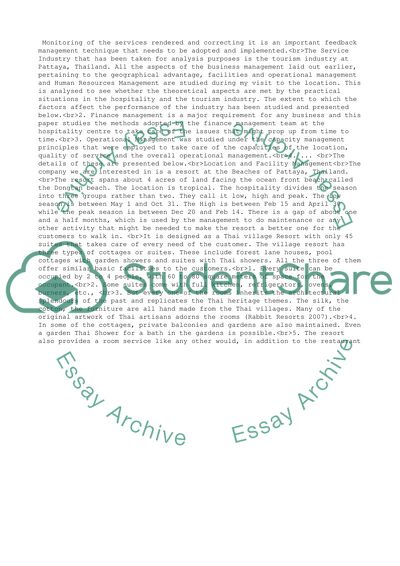Cite this document
(“Management Service Operation Case Study Example | Topics and Well Written Essays - 3750 words”, n.d.)
Management Service Operation Case Study Example | Topics and Well Written Essays - 3750 words. Retrieved from https://studentshare.org/business/1514093-management-service-operation
Management Service Operation Case Study Example | Topics and Well Written Essays - 3750 words. Retrieved from https://studentshare.org/business/1514093-management-service-operation
(Management Service Operation Case Study Example | Topics and Well Written Essays - 3750 Words)
Management Service Operation Case Study Example | Topics and Well Written Essays - 3750 Words. https://studentshare.org/business/1514093-management-service-operation.
Management Service Operation Case Study Example | Topics and Well Written Essays - 3750 Words. https://studentshare.org/business/1514093-management-service-operation.
“Management Service Operation Case Study Example | Topics and Well Written Essays - 3750 Words”, n.d. https://studentshare.org/business/1514093-management-service-operation.


